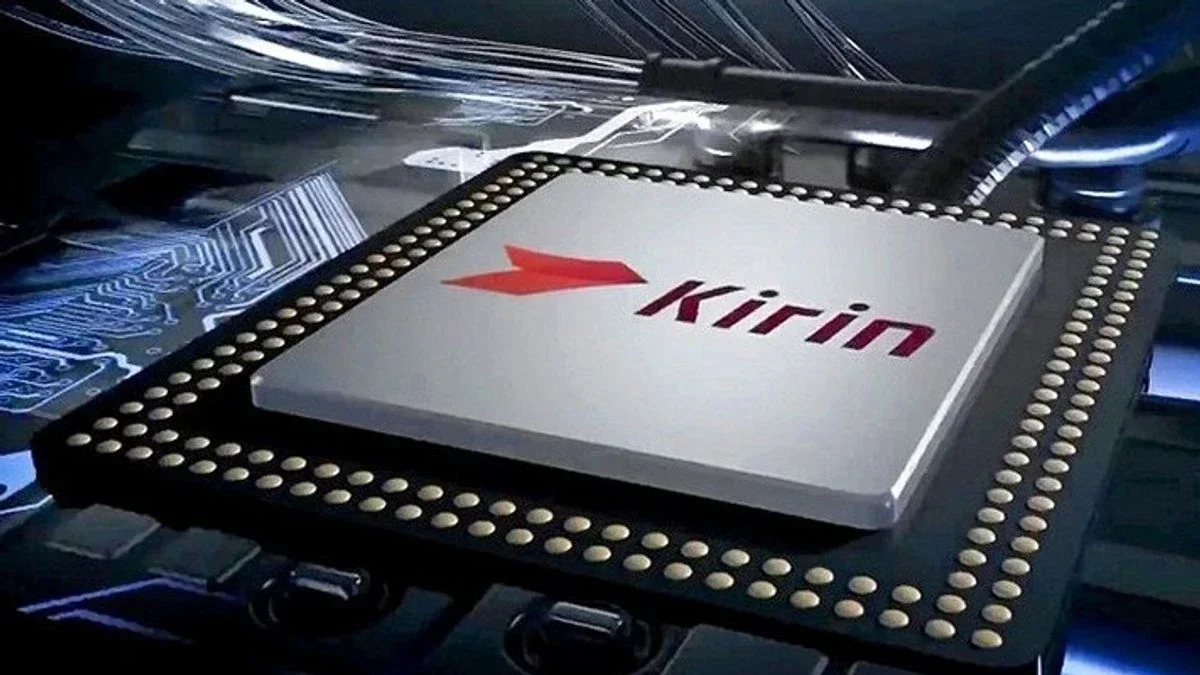The use of the 7nm Kirin 9000s 5G chip in the Mate 60 series last year was considered a middle-finger response to the U.S.
When Huawei shocked the wireless world with the homegrown Kirin 9000s 5G AP powering the Mate 60 line, critics predicted that this would be as cutting-edge as Huawei gets. Chinese foundries don’t have access to extreme ultraviolet lithography (EUV) machines which etch circuitry patterns on silicon wafers. As a result, even the country’s largest foundry, SMIC, was limited to using its 7nm node for the new Kirin chipset. SMIC, could only use its older deep ultraviolet lithography (DUV) machines that are known to top out at producing chips with a 7nm node.
How the U.S. might respond if the Mate 70 is powered by a 5nm 5G AP
Back when the U.S. first changed the export rule preventing Huawei from obtaining 5G chips, Huawei had just packed 2020’s Mate 40 series with the 5nm Kirin 9000 5G AP built by TSMC. At one time, Huawei was TSMC’s second-largest customer after Huawei. The U.S. might have thought that its sanctions were the end of Huawei but the company has managed to fight back.
Huawei and SMIC are taking a risk here. If a 5nm chipset is announced for the Mate 70 line, U.S. lawmakers will drum up new restrictions against the pair. While it probably is well worth the risk of lower profits that SMIC faces by using DUV to produce a 5nm chipset for Huawei, the question is whether SMIC and Huawei can withstand a scorched earth round of sanctions that might be aimed at them by U.S. lawmakers.

